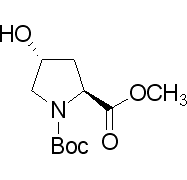but-3-yn-2-one (CAS# 1423-60-5)
Risk and Safety
| Risk Codes | R28 – Very Toxic if swallowed R36/37/38 – Irritating to eyes, respiratory system and skin. R11 – Highly Flammable R15 – Contact with water liberates extremely flammable gases R10 – Flammable |
| Safety Description | S45 – In case of accident or if you feel unwell, seek medical advice immediately (show the label whenever possible.) S36/37/39 – Wear suitable protective clothing, gloves and eye/face protection. S28A - S26 – In case of contact with eyes, rinse immediately with plenty of water and seek medical advice. S16 – Keep away from sources of ignition. S43 – In case of fire use … (there follows the type of fire-fighting equipment to be used.) S7/8 - S7/9 - S24/25 – Avoid contact with skin and eyes. |
| UN IDs | UN 1992 3/PG 2 |
| WGK Germany | 3 |
| RTECS | ES0875000 |
| FLUKA BRAND F CODES | 19 |
| HS Code | 29141900 |
| Hazard Note | Highly Flammable/Highly Toxic |
| Hazard Class | 3 |
| Packing Group | II |
but-3-yn-2-one (CAS# 1423-60-5) introduction
3-butyne-2-one. The following is an introduction to its nature, purpose, manufacturing method, and safety information:
nature:
-Appearance: 3-Butyn-2-one is a colorless to light yellow liquid.
-Odor: It has a fragrance similar to alcohol and fruit.
-Solubility: soluble in most organic solvents such as alcohols and ethers.
Purpose:
-3-butyne-2-one is widely used in the field of organic synthesis. It can be used as a raw material, catalyst, and solvent for chemical reactions, and can participate in various organic synthesis reactions, such as nucleophilic substitution reactions and coupling reactions.
Manufacturing method:
-One method for preparing 3-butyne-2-one is through the reaction of acetone with propargyl alcohol. Firstly, acetone is reacted with excess sodium hydroxide to obtain sodium acetate, which is then reacted with propargyl alcohol in an oxygen collector to produce 3-butyne-2-one.
-There are various other methods to produce 3-butyne-2-one, such as separating and purifying related natural products, using chemical synthesis methods, etc.
Security information:
-3-Butyn-2-one is irritating to the eyes, skin, and respiratory system, and should be immediately rinsed with water upon contact.
-Avoid contact with strong oxidants, strong acids, and strong bases to prevent dangerous reactions.
-When using 3-butyne-2-one, chemical protective gloves, goggles, and a protective mask should be worn to ensure good ventilation conditions.
These are basic introductions about the properties, uses, preparation methods, and safety information of 3-butyne-2-one. When using and handling this compound, please be sure to follow the safety operating procedures and refer to relevant safety information and the Blue Book of Chemical Substances.


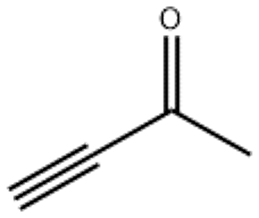
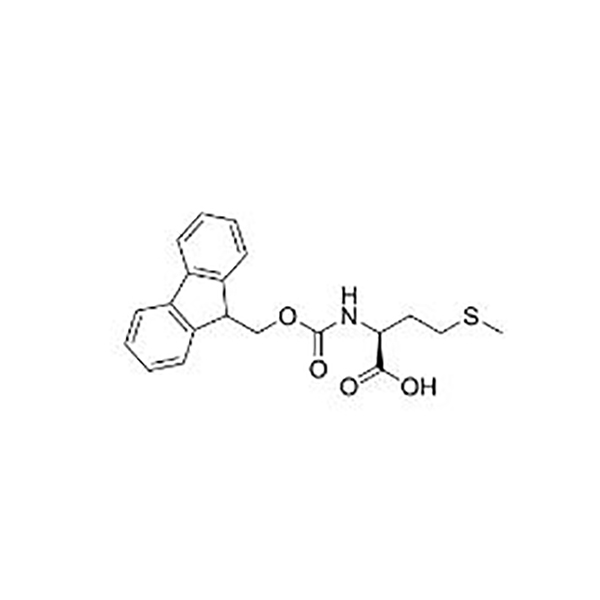
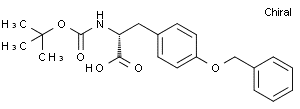
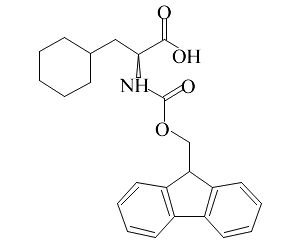
![2-[2-(propyn-2-yloxy)ethoxy]ethanol(CAS# 7218-43-1)](https://www.xinchem.com/uploads/22propyn2yloxyethoxyethanol.png)

